The Ephemeral Meaning of Wilderness
May 30, 2023
Wilderness is a feeling for me: the present experience of reality. Unfortunately, “it” is not a concept that you can fully grasp, and that’s what defines it. It’s everywhere around you, but as soon as you reach for it, it vanishes. I believe that every human (and probably many other organisms as well) has a fundamentally similar and fulfilling relationship with wilderness — so long as they are in touch with it. Because of this, I will speak of it as though the most important aspects to me are also that of all life on earth, and I will place it in the context of two themes: healing and humbling.
Before commencing, however, I need to address the crucial “ephemeral” aspect of my philosophy. Wilderness is a complicated subject, and in my experience, it evades any attempt to catch it in a net. Because of this perspective, I relate very deeply to Eastern philosophy. In “The Way of Zen,” author Alan Watts expresses this sentiment perfectly: “The ‘naturalness’ of Zen flourishes only when one has lost affectedness and self-consciousness of every description. But a spirit of this kind comes and goes like the wind, and is the most impossible thing to institutionalize and preserve.” Upon discovering such works, I felt as though my ideas about the inherent integration of wilderness and reality were shared by others. The premises of Buddhism, Taoism, and Zen, among other similar beliefs, are what make up a lot of my internal narration of the world; the point, however, is not to idealize a certain ideology. Instead, it is merely a useful way of expressing the value I see in the transitory nature of wilderness.
———— Part 1: Healing ————
The history of homo sapiens is colored with blood and tears, and the suffering of the masses continues to this day. In other words, there is a great need for healing from the individual level to the collective. It is my belief that wilderness is not only an important path toward healing our minds, bodies, and spirits, but it is the way.
The wilderness is a place to heal our bodies and our minds, and the biological sciences have begun to quantify these powerful effects. An example is the relationship between circadian rhythms, natural stimuli, and health. Our bodies have molecular rhythms which are designed to synchronize with light cues in the natural environment, and this has made our biological system more efficient by delegating certain tasks to particular times of the day — such as repair and replenishment during sleep, for example. Because of this adaptation, at least 50% of mammalian genes are regulated by these “circadian rhythms” in at least one tissue type (Zhang, et al., 2014). Unfortunately, intensely bright lights are now easily accessible even after the sun has set, and this has created systematic disruptions. The effects are widespread and have led to poor sleep quality and mental health problems and will probably contribute strongly to many of these “epidemics.” The solution is simple: exposure to the wilderness. In a 2017 study, a researcher brought five of his lab assistants camping and showed that constant exposure to “wild” light shifted all of their melatonin cycles — the most precise marker of internal rhythm — into more consistent harmony with the environment and, consequently, their own bodies (Stothard. et al). The wilderness provides space to recover from the damage caused by uniquely modern world issues because it fosters the conditions under which our bodies and minds have evolved to thrive.
The wilderness is also a place to heal our spirits — the most ephemeral level of the human experience. It is the most difficult aspect of ourselves to connect with, and yet, it defines our deepest layers. Poetry, like music, is a keen way to transmit this knowledge because it isn’t nearly as confined by convention. For that reason, I would like to share a poem I wrote during a period of loneliness in my first year of college to illustrate this idea and what it means to me:
“Hello there old friend,I see you and you see me.
You are the still and I the movement;
You watch me in the early hours when my feet move.
Patiently, you wait for my breath to ruffle your leaves.
Those leaves that come and go like thoughts.
In your yesterday which was for me so long ago,
when your branches were bare and your flower red,
my solitude was but a slow drip into a still pond.
And yet, you were there; your eyes so large yet so still.
With stillness, you watch a dense forest grow.
Without a flinch, you blow a breeze of joy into my heart.
I can watch you and lay on you; you heal me.I can feel a fusion from deep in the earth flow;
through your roots and branches into leaves and flowers,
thoughts and feelings.
Your empathy cries with a slow drip of sap.
You whisper in my ear with the change of a season.
I hear you and you hear me.
In ways that no other soul could be, yours is beautiful.
And just like your leaves, you will pass and too will I.
But you know that and are okay with it.
You live now. Your universe is our universe.
You great arbiter of peace, thank you.”
I discovered meditation when I was 15, and it has been a huge part of my development since. It helped me cope with addiction in my family, accept solitude, and illuminate my core values. I remember meditating in front of the tree in my poem day after day and beginning to deeply appreciate its presence. The act of constant flux healed me by showing me the beauty in impermanence. Curiously though, my body and mind were unchanged; the tree connected with something deeper. Call it soul, or spirit, or whatever, but the effect is the same: bridging the gap between conscious solitude and the cosmos.
———— Part 2: Humbling ————
Why do many humans think they have the right to disrupt ecosystems around the world? I argue that the arrogance and ignorance of this behavior stem from a detachment from the environment and experience of wilderness.
Raw wild experiences are so powerful that they can detangle your own perception of wilderness: wilderness humbles all. I have undoubtedly idealized nature and fallen victim to the rose-tinted glasses of romantic “back to nature” philosophy throughout my life. This fantasy, one could even call a plague, has led characters such as John Muir to aid in the tragic displacement of Indigenous people in the hypocritical name of “nature:” From the mid-19th to early 20th century, the native people of Yosemite Valley — who had helped maintain ecological balance for ages — were removed by direct force and by the creation of the National Park System. Unfortunately, John Muir founded the Sierra Club, advocated for abolishing the Indigenous practice of controlled fires, and worked with Teddy Roosevelt to create the National Parks system. From a young age, the story of Chris McCandless, as recounted in “Into the Wild” by Jon Krauker, along with fictional series like “The Hatchet” by Gary Paulsen and “Stranded” by Jeff Probst were all significant contributors to this dream. Around the age of 10, I was deeply shaken by an experience with the true wilderness that forced me to appreciate it in a more realistic light. On a spring afternoon, whilst camping in Wyoming, my father and I paddled a few miles to a glacial stream that flowed cold and hard in the wake of a heavy winter. We cast our fly fishing rods unsuccessfully for a few hours and marveled at the beauty of the Teton Range. Around dusk, we prepared to return to our campsite for a calm evening. Shortly after paddling away, my father dropped his rod in the water, and before I could say, “don’t lean,” we were plunged into the frigid waters. After a moment of panic and a deep breath, I composed myself and became aware of the reality: potential hypothermia and frostbite, miles away from others. It took all the strength I had to get back, but it taught me a valuable lesson. Wilderness is an untamable force for balance: it’s the gravity that pulls on the peaks of mountains and floods the valleys with richness.
Matriarchal guidance among many Indigenous American traditions is a stellar example of how powerfully humbling nature is. During my year and a half at UCSD, I have been somewhat aloof to UCSD’s imposition of modern infrastructure on the Kumeyaay people and the hostility towards their integration with the community. However, in a constant effort to become more open-minded and aware, I have been thinking about this topic a lot lately. It brings to mind a short book I read from an altruistic, thoughtful Sioux man named Ohiyesa (a.k.a. Charles Alexander Eastman) titled “The Soul of the Indian.” A central theme in the book is the importance of the matriarchal role for moral and spiritual balance. Ohiyesa says, “To her and to the child the birds are real people, who live very close to the ‘Great Mystery.’ … This wild mother … humbly seeks to learn a lesson from ants, bees, spiders, beavers, and badgers.”) I would like to emphasize the ‘Great Mystery,’ which embodies the view of wilderness that I have adopted in my life: it’s related to “nature,” but it’s something more. Nonetheless, it is the dimension of humility that stands out in the quote: by living wildly, in touch with the ‘Great Mystery,’ the mothers of the community gain a deep reverence for other life and a general humility that guides the children of the community.
——————
To me, the meaning of “wilderness” may still be unclear at this point, but hopefully, it is now clear why it’s unclear. I wish there were a clearer way of expressing this idea, but the esoteric nature of wilderness is what makes it so beautiful.
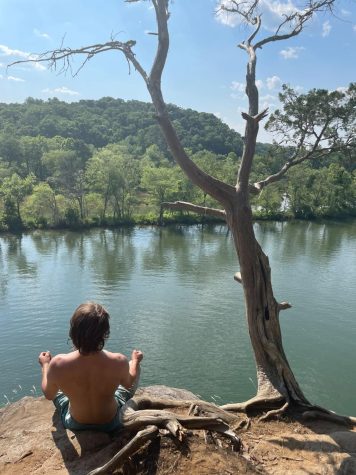
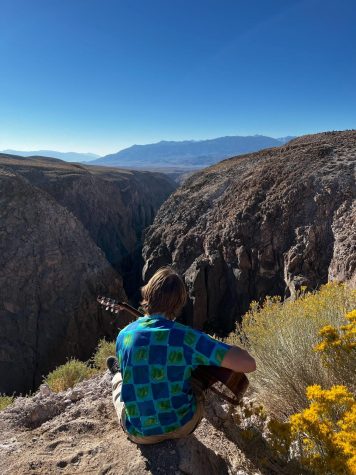
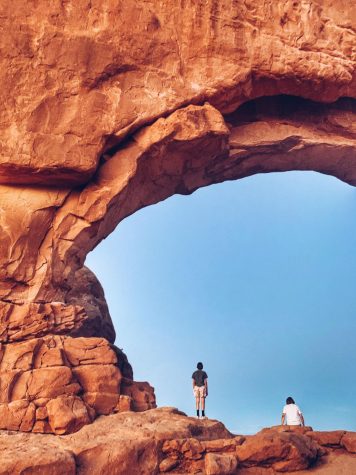
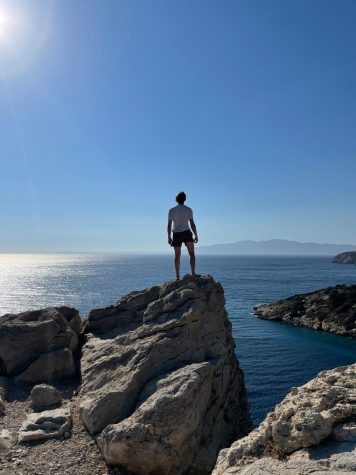
Photos by Matteo Schaffner of the UCSD Guardian


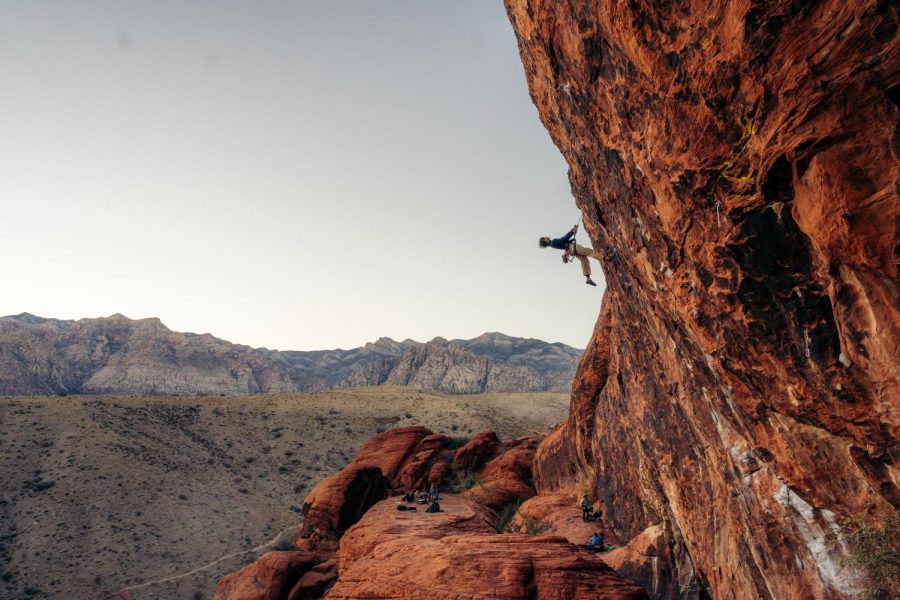






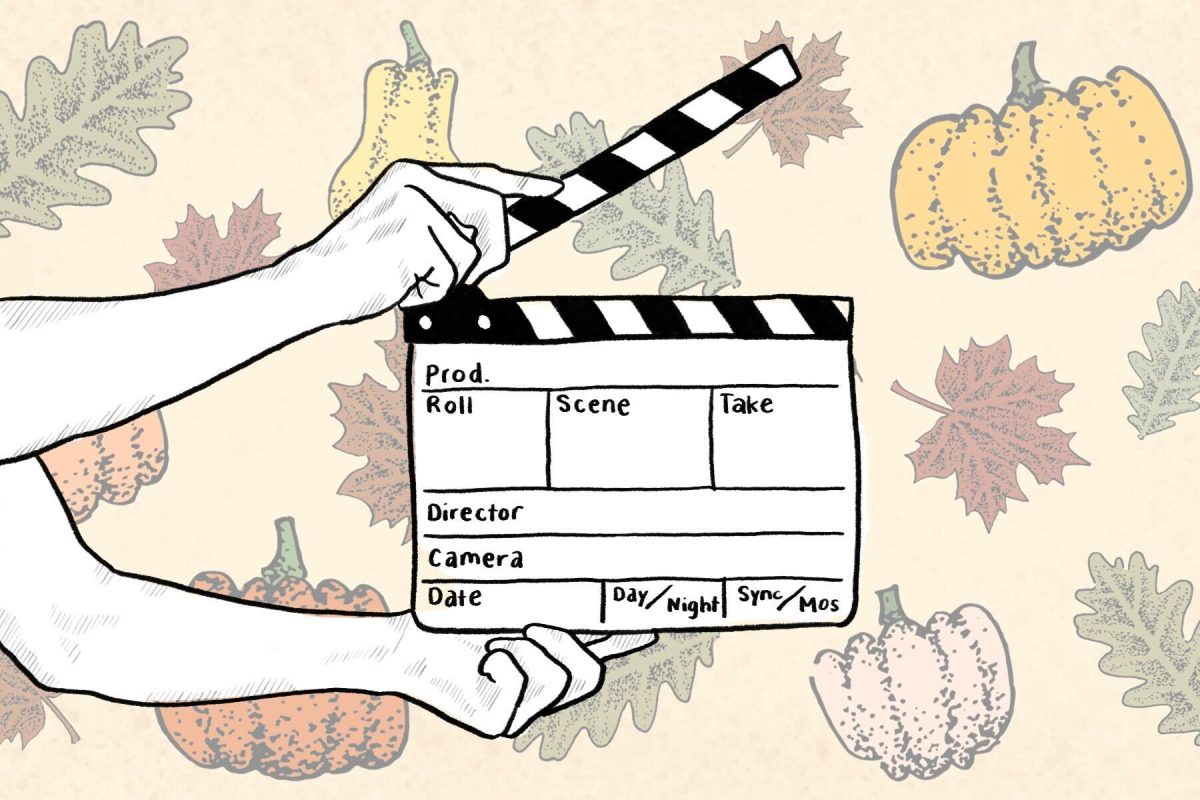
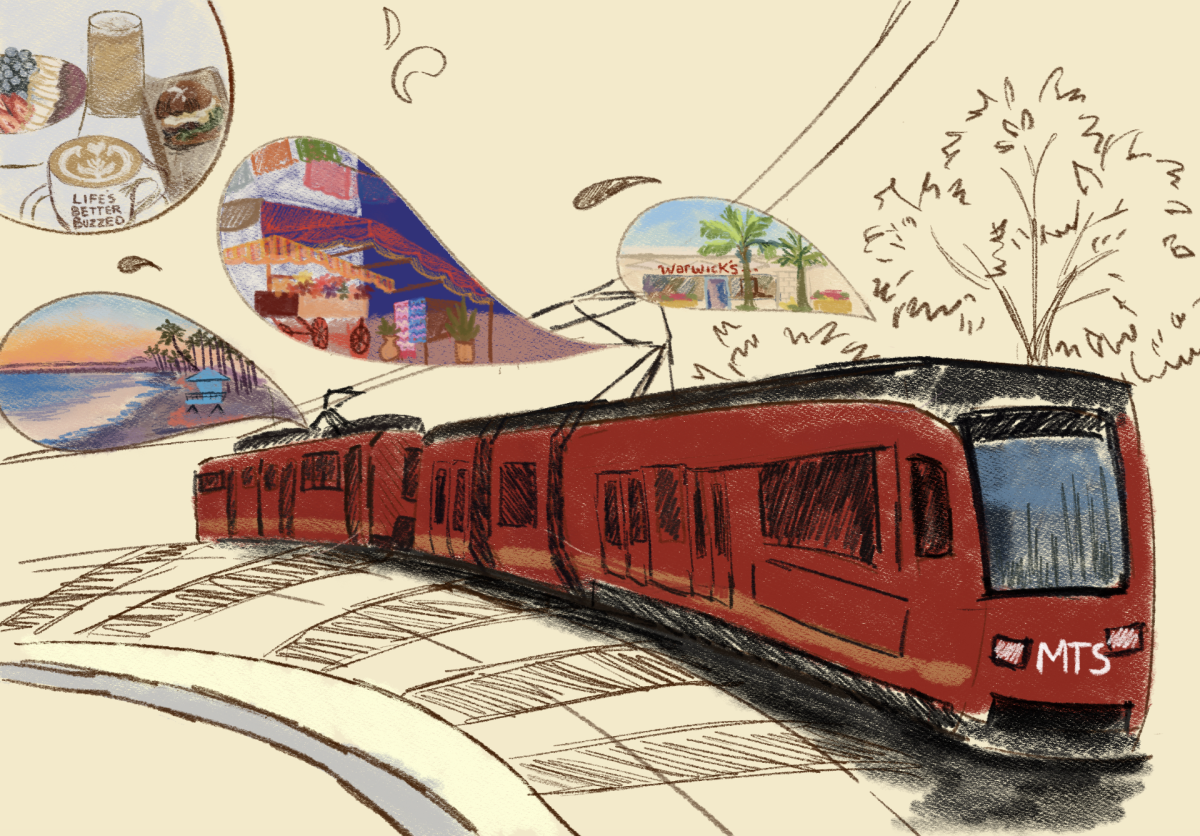

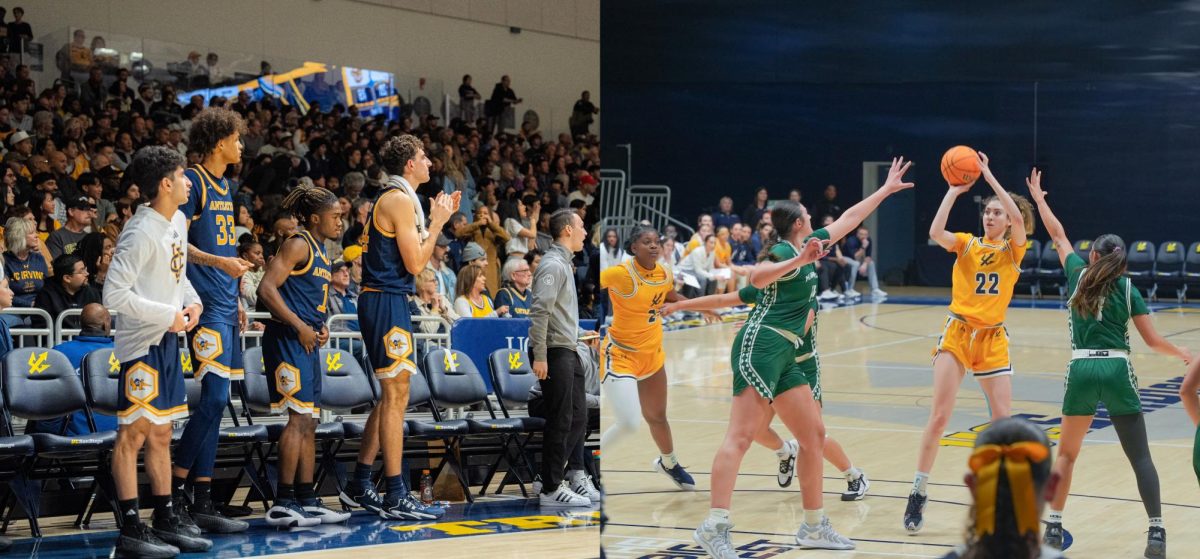
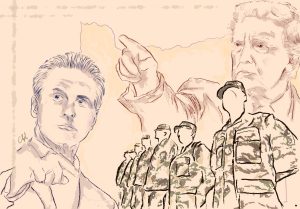



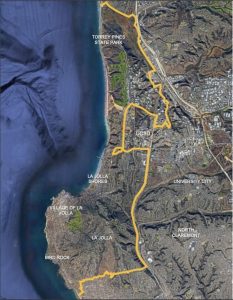
Amelia Schaffner • Jun 8, 2023 at 9:54 am
Your soul is boundless, Matteo! I am infinitely grateful for your “wilderness” and the deep bond we share through nature and DNA. Keep writing: your eloquence and insights are needed!
dera white • Jun 1, 2023 at 10:36 am
so beautifully written, matteo. i’m so proud to know you and be inspired by you & your family. may the wilderness bless you always xoxo